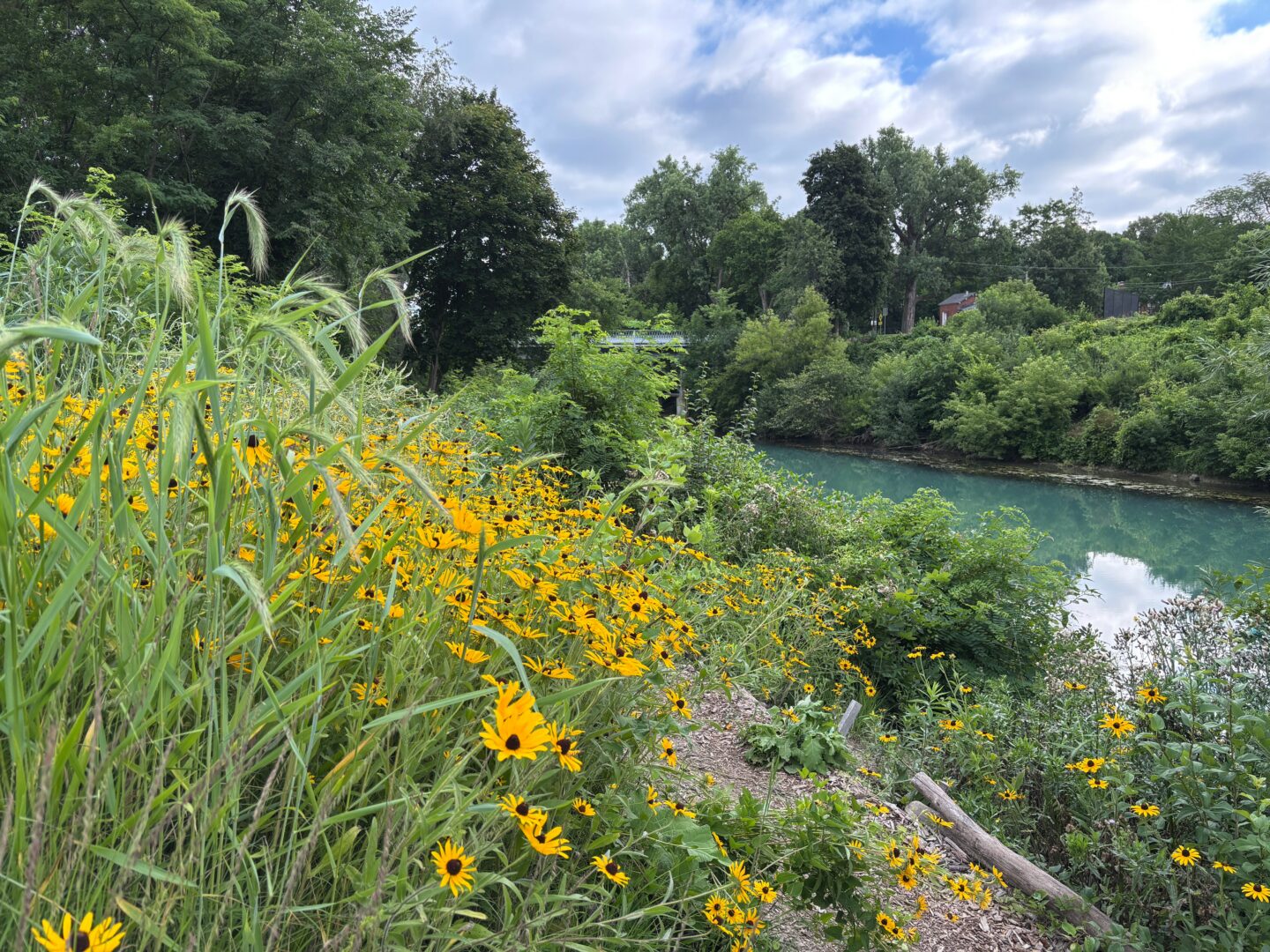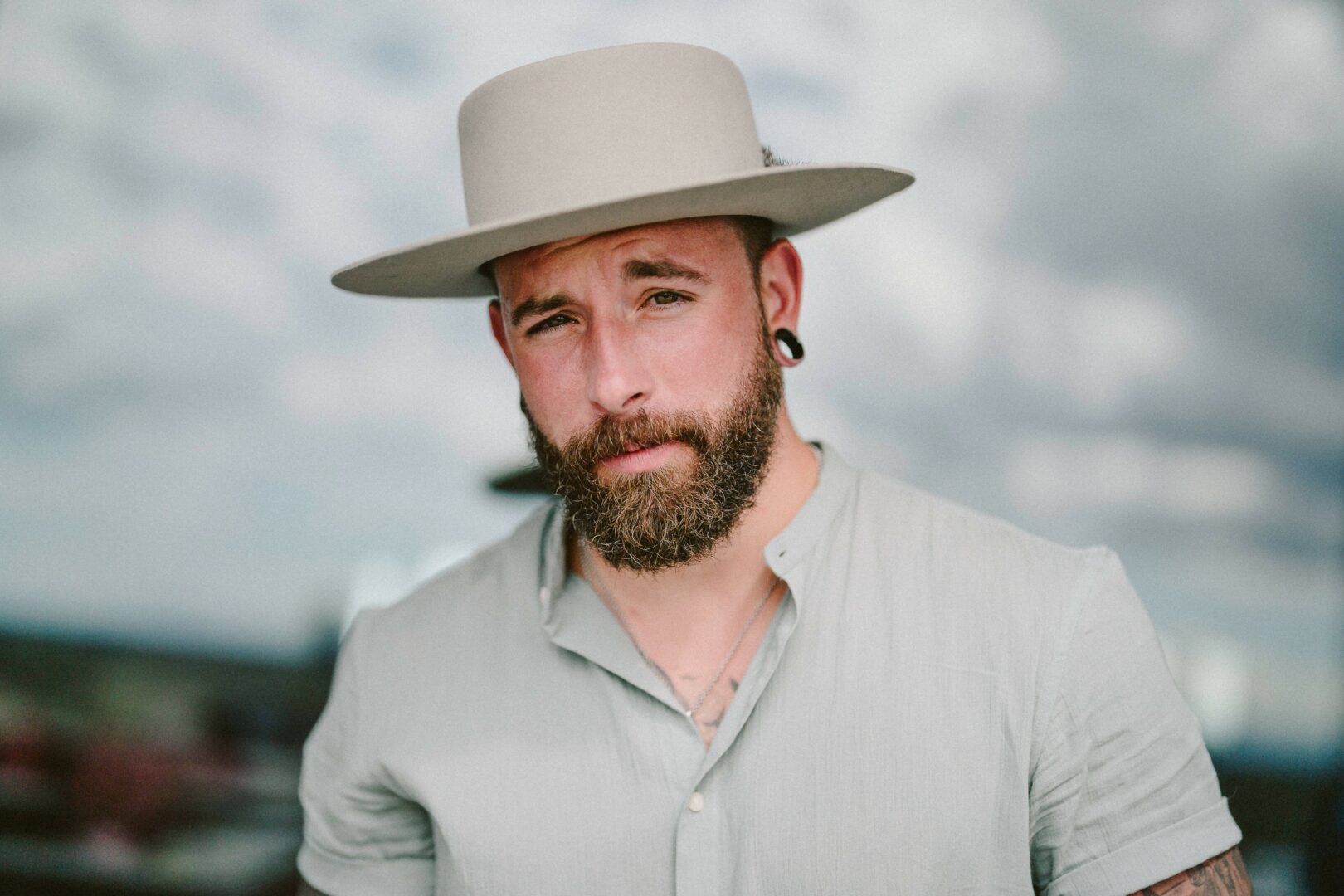Thomas Keller shared their story and experiences with us recently and you can find our conversation below.
Good morning Thomas, we’re so happy to have you here with us and we’d love to explore your story and how you think about life and legacy and so much more. So let’s start with a question we often ask: What is a normal day like for you right now?
A normal day for me is anything but ordinary. I start by centering myself—meditating, stretching, and feeding my body what it needs to feel alive. From there, I let the day unfold like a living canvas. I stay open—mentally, spiritually, and creatively—ready to shift direction the moment inspiration whispers. Normal, to me, means loving life in motion: feeling it, tasting it, creating with it. It’s giving love to others by first honoring it within myself. Whether I’m painting, writing a new talk, or simply noticing the light move across the room, I’m fully engaged. My “normal” is a dance between gratitude, imagination, and intuition—a daily practice of staying awake to wonder.
Can you briefly introduce yourself and share what makes you or your brand unique?
I’m Thomas C. Keller — an artist, speaker, and author dedicated to helping people awaken their creative potential and keep their brains vibrant at any age. My work centers around what I call Your NeuroCreative Mind — the powerful connection between creativity and neuroplasticity. After a major life shift at 45 that led me from construction to fine art, I discovered firsthand how creative exploration rewires the brain and transforms life. Today, through my talks, workshops, and book, I guide others to rediscover their curiosity, imagination, and purpose. My brand is built on one core belief: creativity isn’t a talent — it’s our natural state of being, and when we engage it fully, we don’t just create art — we create a more alive version of ourselves.
Amazing, so let’s take a moment to go back in time. What did you believe about yourself as a child that you no longer believe?
As a child, I believed I wasn’t creative because I was colorblind— that creativity was something reserved for artists, musicians, and dreamers who were born with a special gift. I saw myself as , broken, not imaginative. It took me decades to realize that creativity isn’t a gift for a few — it’s the birthright of everyone. When I finally picked up a paintbrush at 45, everything changed. I learned that creativity lives in all of us, in limitless forms, waiting to be awakened. Now I know that imagination isn’t something you outgrow — it’s something you grow back into.
What have been the defining wounds of your life—and how have you healed them?
One of the defining wounds of my life came early, when at ten years old I discovered I was colorblind. For a child who loved to draw, it felt like being told I could never fully see the world I wanted to create. I carried that belief for decades—that something essential was missing in me. Later in life, I buried my creative side completely, chasing success the way I thought I was supposed to. My healing began when I picked up a paintbrush at 45 and started painting anyway. That act cracked something open. I realized creativity isn’t about perfect vision—it’s about perception, intuition, and feeling. Today, I see in ways that go far beyond color. Through art, meditation, and self-discovery, I learned that healing isn’t about fixing a flaw—it’s about embracing the wholeness that was there all along.
Next, maybe we can discuss some of your foundational philosophies and views? Is the public version of you the real you?
Yes, the public version of me is the real me—but it’s also the expanded me. When I’m on stage speaking, I’m not performing a role; I’m sharing what I live every day. My talks about creativity, neuroplasticity, and innovation come directly from my own experience of rebuilding, reimaging my life through art and self-discovery. What people see publicly is the same person who meditates in the morning, paints in silence, and listens for guidance. My artwork is the visual language of that inner dialogue—it reveals what words can’t always express. Public speaking, for me, is the other half of that conversation. One reflects my soul on canvas, the other gives it a voice. Both are me.
Before we go, we’d love to hear your thoughts on some longer-run, legacy type questions. Are you doing what you were born to do—or what you were told to do?
For much of my life, I did what I thought I was supposed to do—what I was told success looked like. I worked hard, built stability, and lived by logic and responsibility. But deep down, something was missing. At 45, that quiet voice inside me grew too loud to ignore. I picked up a pencil, then pastels for the first time, and everything shifted. A flood of creativity poured through me. It was like discovering a part of myself that refused to go unnoticed, unexpressed, that demaned to be expressed.
That moment wasn’t just about becoming an artist—it was about remembering who I was before the world told me who to be. Art opened the door, but what came through was purpose. Now, as a speaker and creativity coach, I help others reconnect with that same inner calling.
So to answer the question—today, I’m doing what I was born to do: awaken creativity in others, remind them that reinvention is always possible, and live as proof that it’s never too late to become your true self.
Contact Info:
- Website: https://www.ThomasCKeller.com
- Instagram: https://www.instagram.com/thomasckellerspeaker/
- Linkedin: https://www.linkedin.com/search/results/all/?keywords=Thomas%20C.%20Keller&origin=GLOBAL_SEARCH_HEADER&sid=v*j
- Facebook: https://www.facebook.com/search/top?q=thomas%20c%20keller%20speaker
- Youtube: https://www.youtube.com/@ThomasC.Keller.Speaker
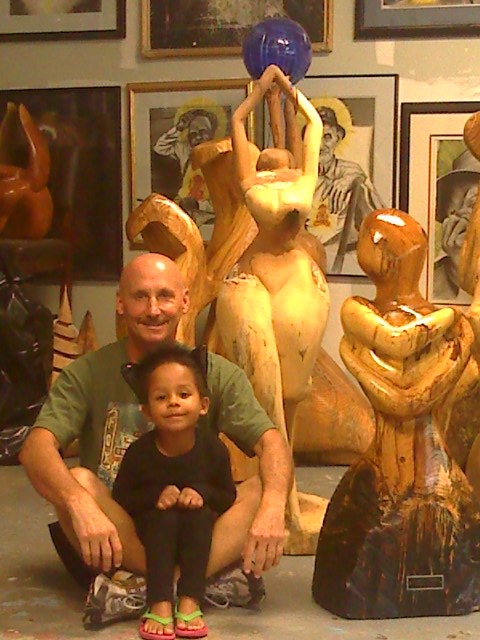
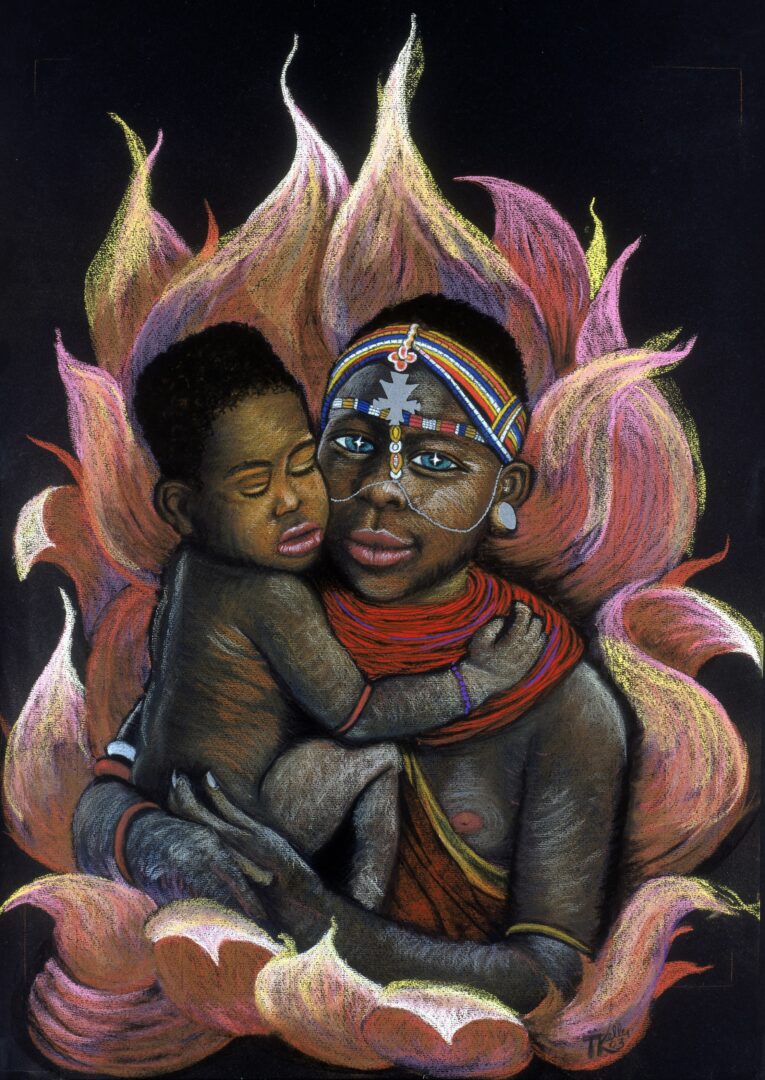
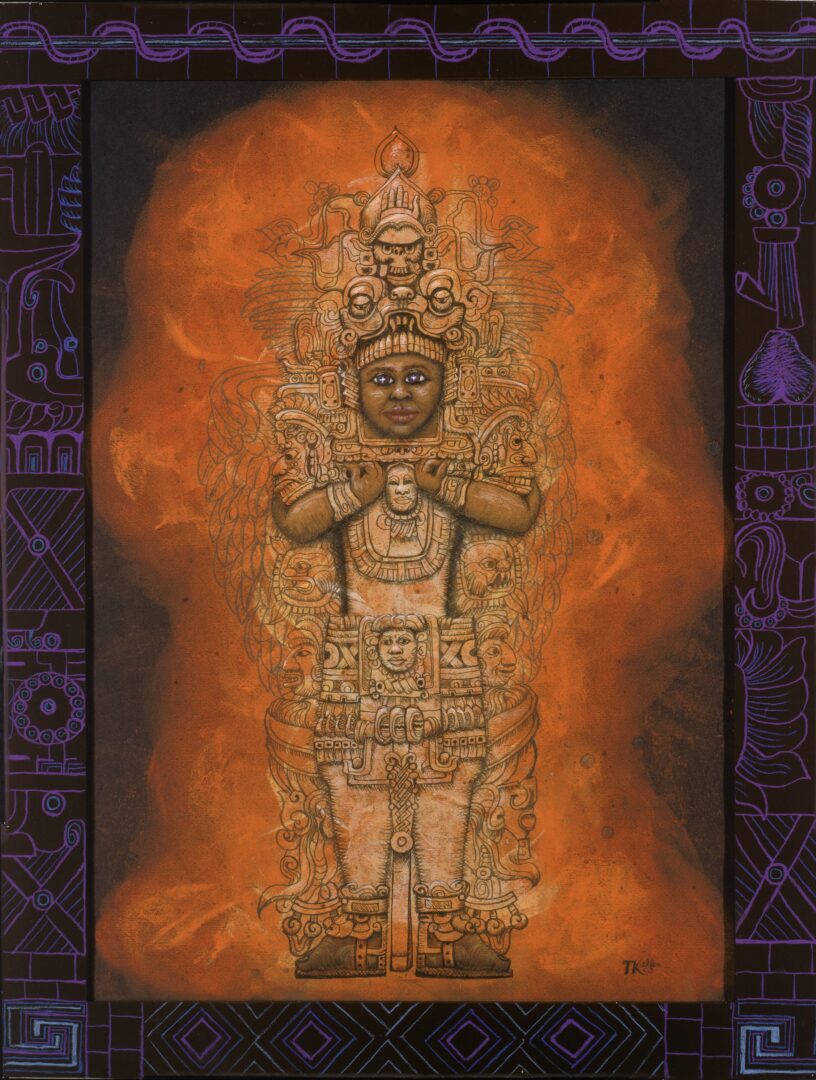
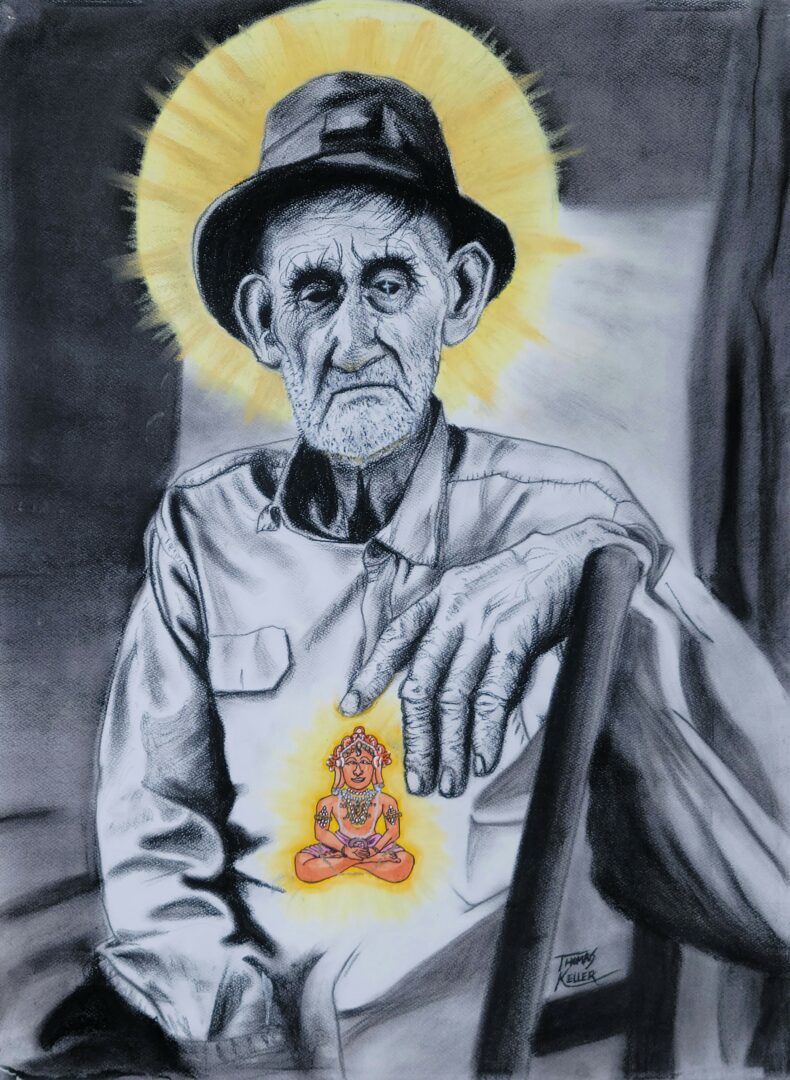

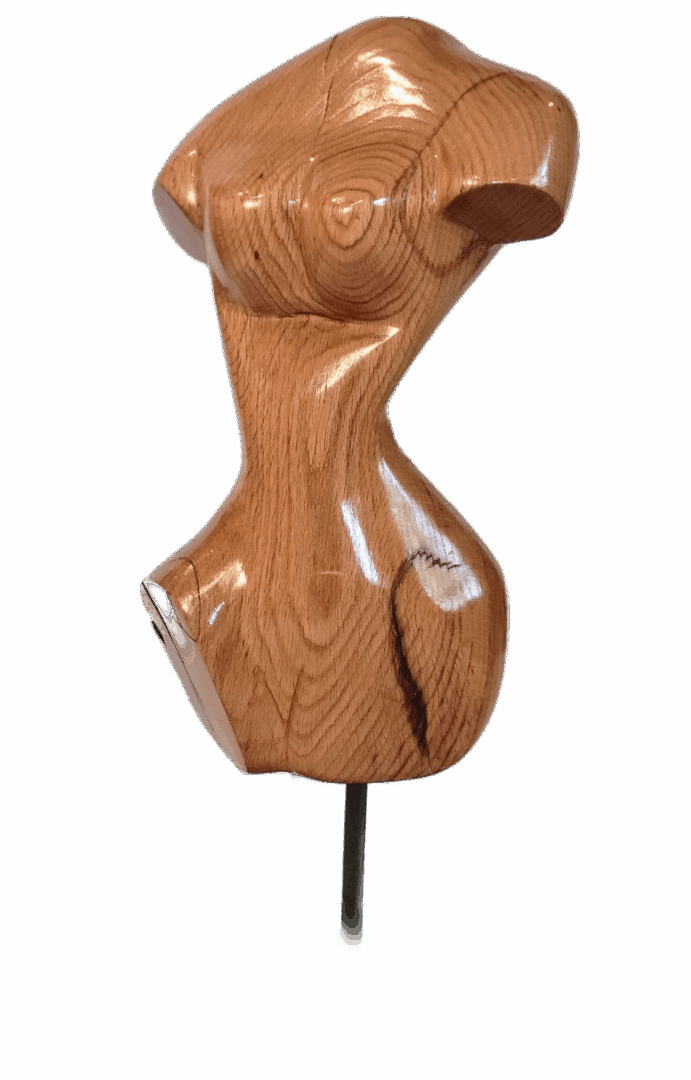
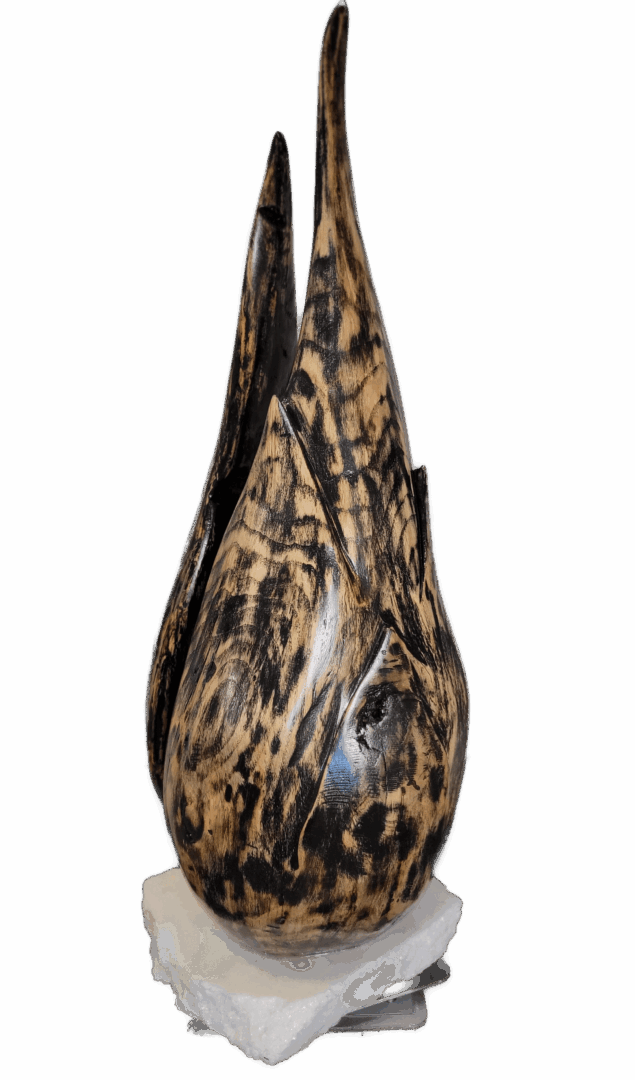
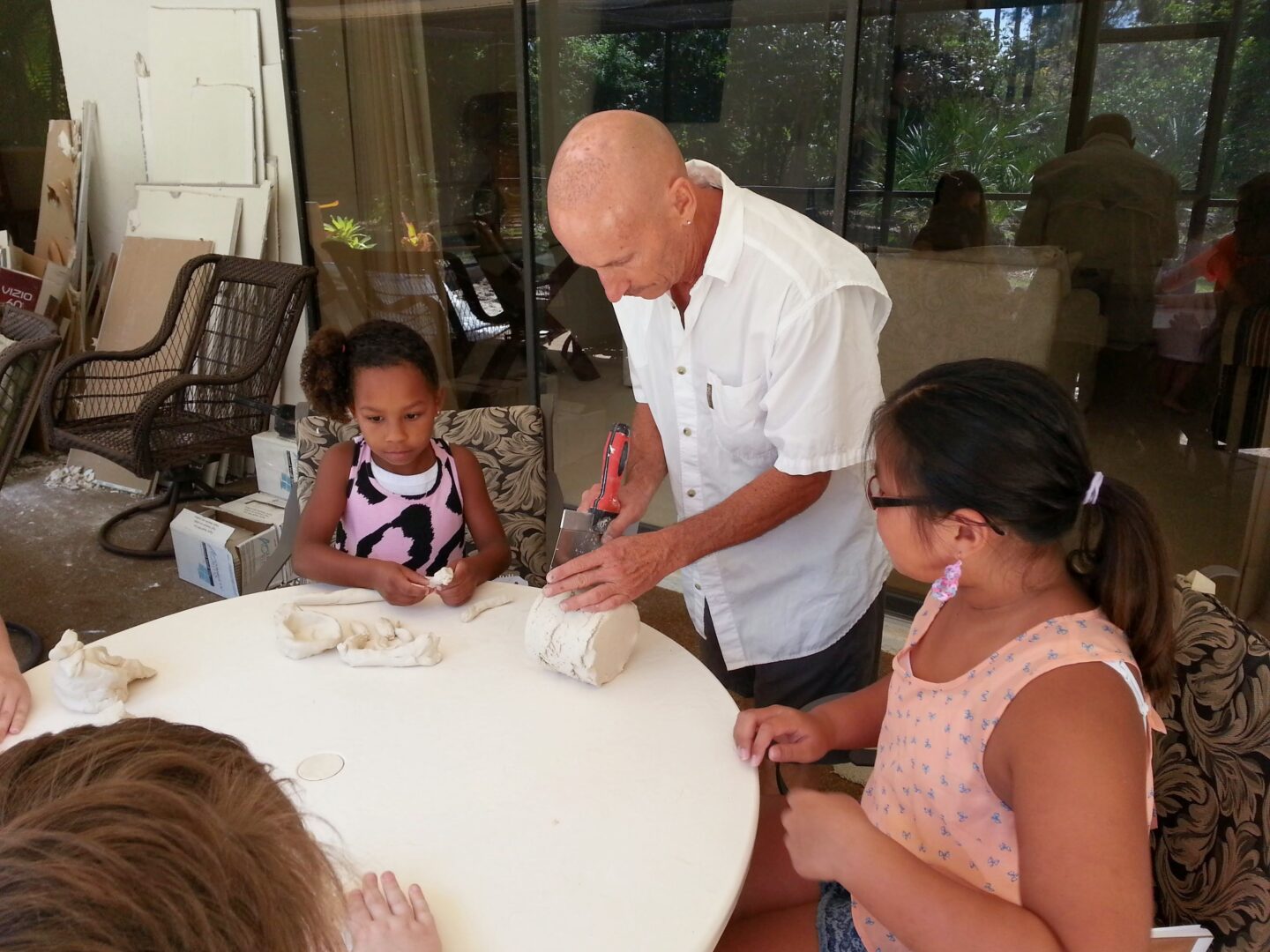
Image Credits
Thomas C. Keller
so if you or someone you know deserves recognition please let us know here.


